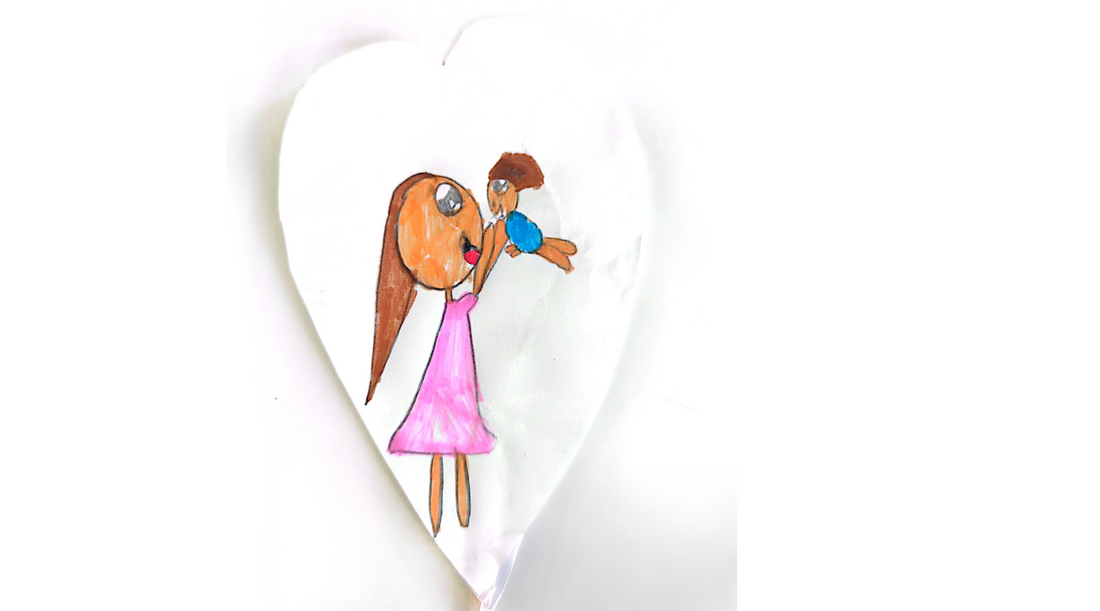Has anyone ever told you, “Your child was very well-behaved until you came!” If you have a child, you are most likely familiar with these comments and the terrible feelings that accompany them. But what if I tell you that you haven’t done anything wrong?
This behavior is a privilege, meaning you’ve been doing a great job as a caregiver! It means you are the most special person for this child. And before you came, your child was trying to keep it all together, but with you, he is with his person, and he can be himself again. According to Bowlby’s Attachment Theory, it means you’ve developed a secure attachment.
What is Bowlby's Attachment Theory?
John Bowlby, a British psychologist, developed Attachment Theory in the mid-20th century. He believed that the bonds children form with their primary caregivers (usually parents) are crucial for their emotional and social development. According to Bowlby, these attachments serve as a blueprint for how children interact with the world and form relationships throughout their lives.
How and When is Attachment Developed?
Attachment begins to develop in infancy. From birth to around two years old, babies and toddlers form attachments through their interactions with their caregivers. When parents respond to their child's needs consistently and lovingly, the child feels secure and learns to trust their caregiver. This secure base encourages the child to explore their environment, knowing they have a safe place to return to.
Four Attachment Styles
- Secure Attachment: Children feel safe and understood. They trust their caregivers and are comfortable exploring their environment.
- Anxious-Ambivalent Attachment: Children are often anxious and unsure. They may be very clingy and have difficulty exploring independently because they're worried about their caregiver's availability.
- Avoidant Attachment: Children seem emotionally distant and independent. They often appear indifferent to their caregivers and prefer not to rely on them.
- Disorganized Attachment: Children exhibit a mix of behaviors, including confusion and anxiety. This style often results from inconsistent or frightening caregiving.
How is Attachment reflected in Adulthood?
- Adults who developed Secure Attachments in their childhood tend to have healthy, trusting relationships. They feel comfortable with intimacy and independence.
- Adults who developed Anxious-Ambivalent Attachment in their childhood may crave closeness but worry about being abandoned. They can be overly dependent and struggle with insecurity.
- Adults who developed Avoidant Attachment in their childhood may avoid intimacy and struggle with emotional closeness. They often value independence to the point of isolation.
- Adults who developed Disorganized Attachment in their childhood might have difficulty forming stable relationships. They may struggle with emotional regulation and trust.
How can we foster Secure Attachment?
Fostering secure attachment is all about bonding with our children; it is about trust, being responsive, and nurturing. Remember the power of skin-to-skin when they were born? it all started there.
- Be Present: Spend quality time with your child. This means being physically and emotionally available from day 1.
- Respond to Needs: When your child cries or shows distress, respond promptly and lovingly. This helps them feel safe and understood.
- Show Affection: Physical touch, like hugging and holding, is important. Show affection through words and actions.
- Be Consistent: Consistency in your responses helps build trust. Your child will learn that they can rely on you.
Fixing Attachment Problems
If you suspect your child has attachment issues, it's not too late to make positive changes.
- Rebuild Trust: Spend more one-on-one time with your child. Focus on activities they enjoy, and that promote bonding. Let them lead you to their world!
- Stay Calm and Patient: Changing attachment patterns takes time. Be patient and persistent in your efforts.
- Improve Communication: Open, honest, and empathetic communication helps understand and address your child's needs.
In a busy world where maternity leave can be seen as a luxury, paternity leave is rare, and we are all connected to devices but disconnected from people, we need to try to make every moment count with our children. Pause. Connect. Tune in. Responding appropriately to your child’s needs fosters a secure attachment. Thus, you're setting the stage for them to develop healthy relationships now and in the future.

